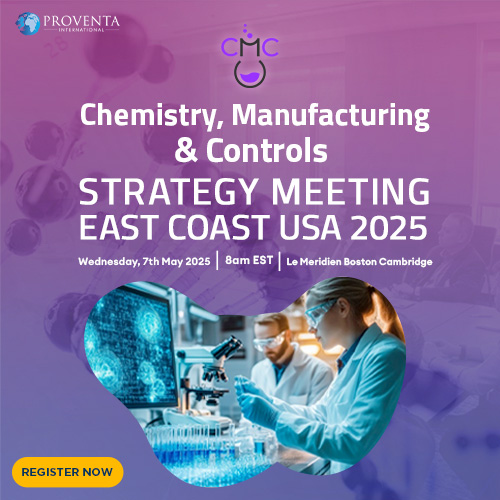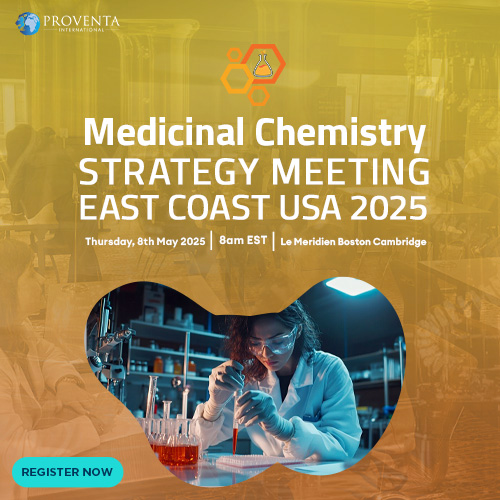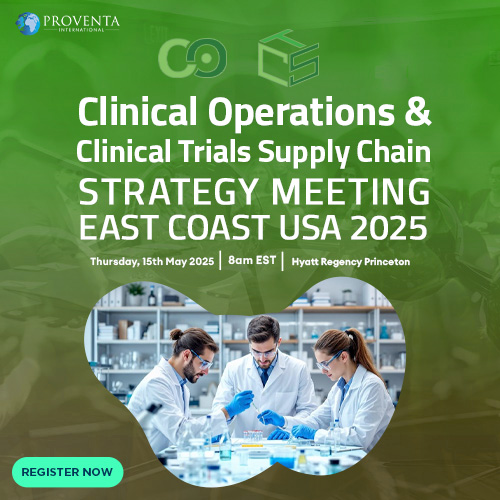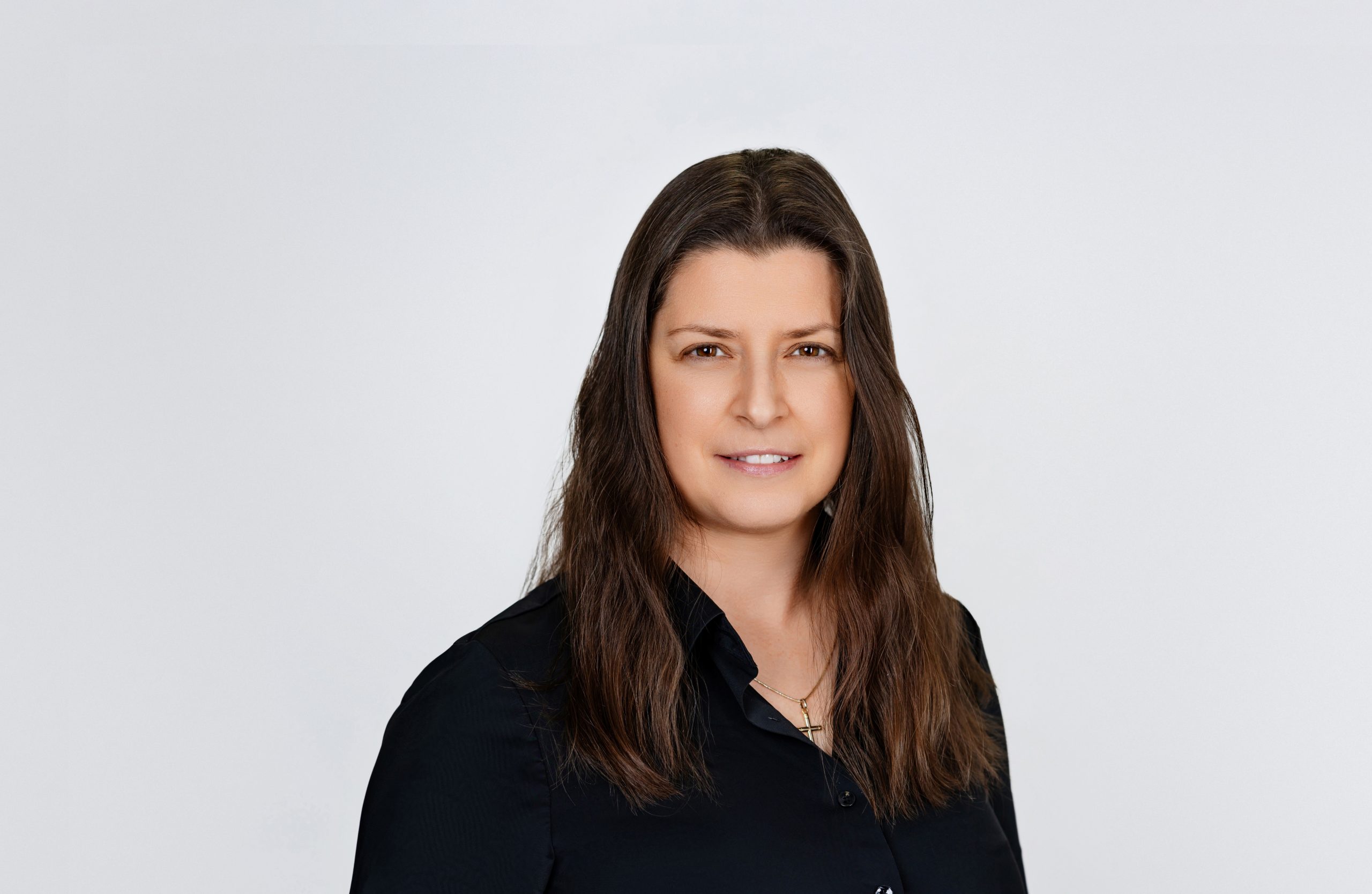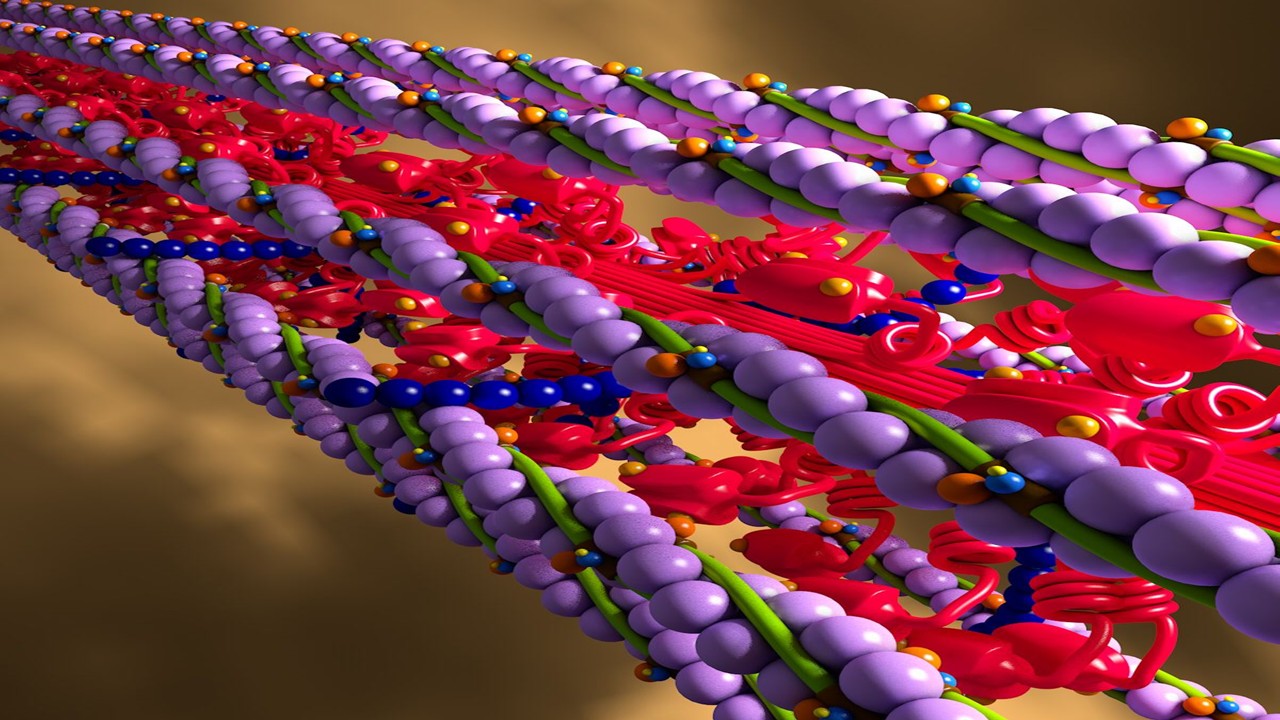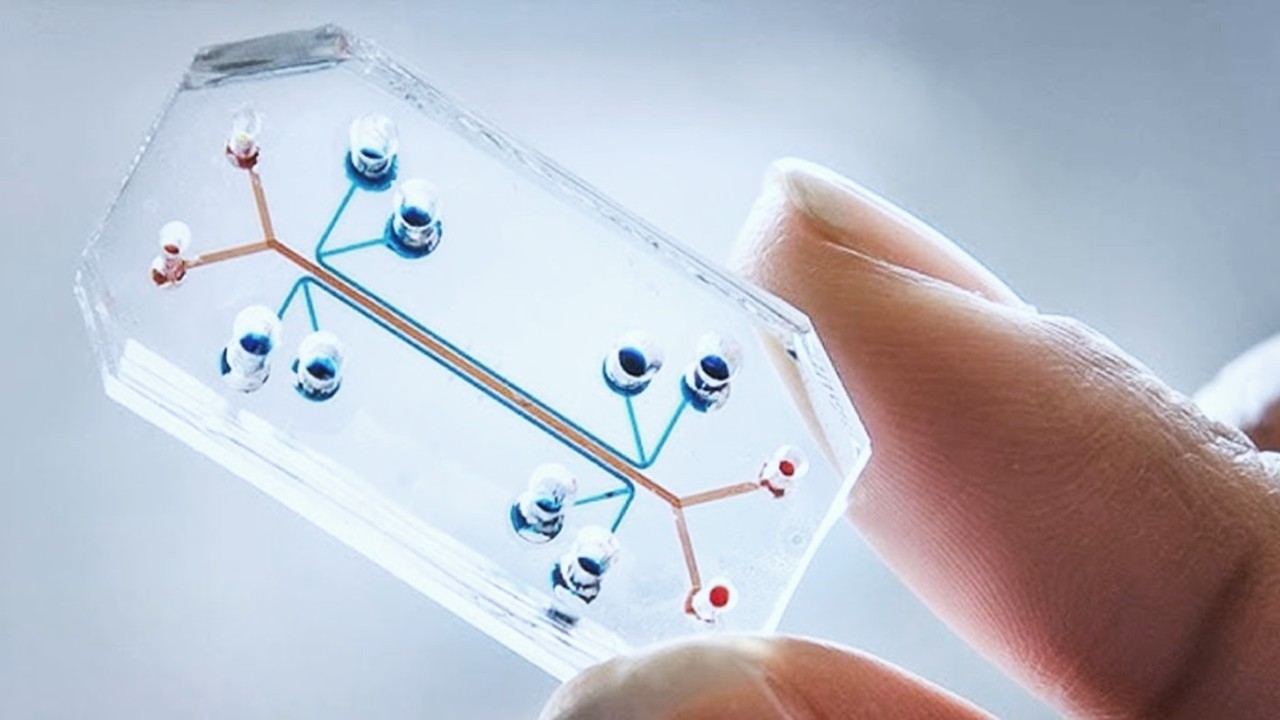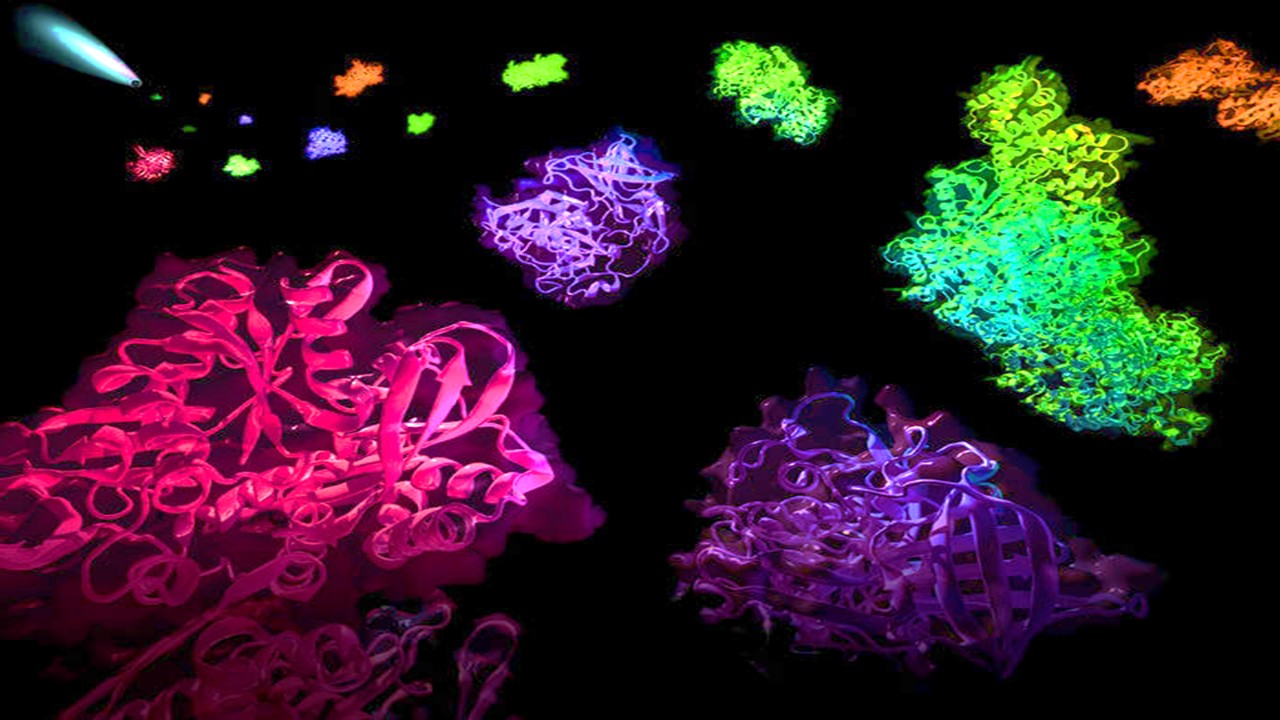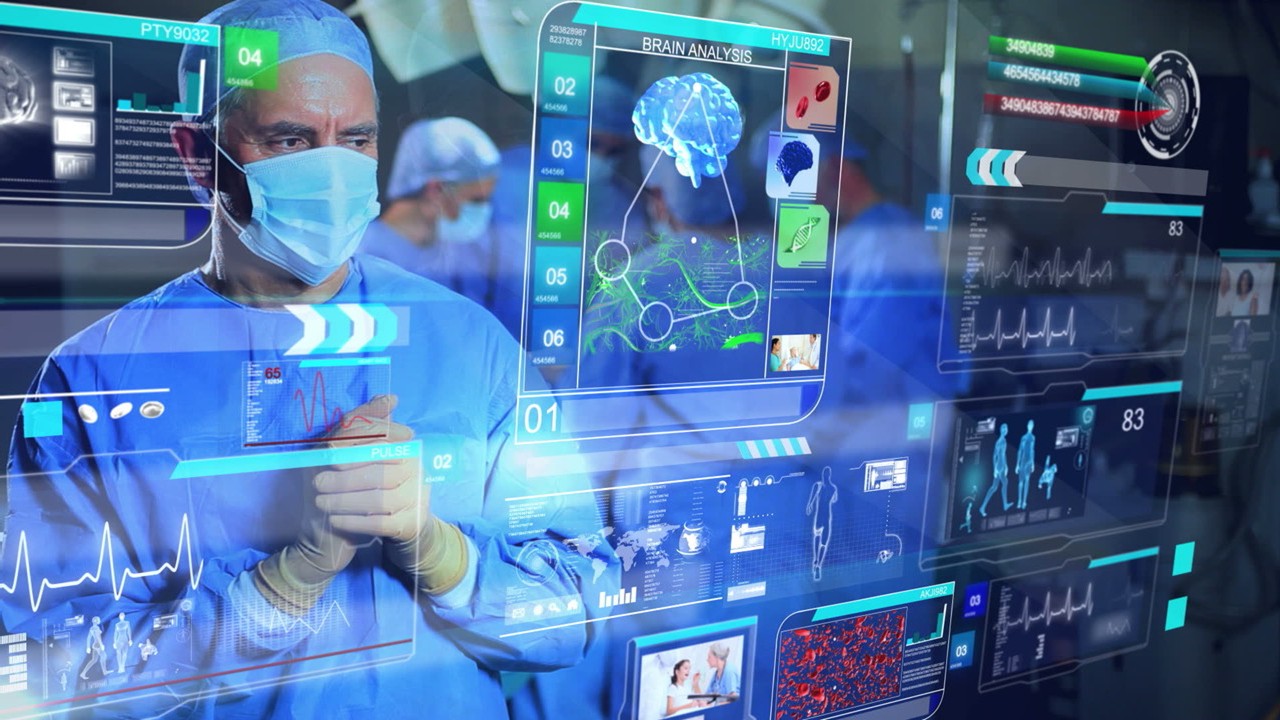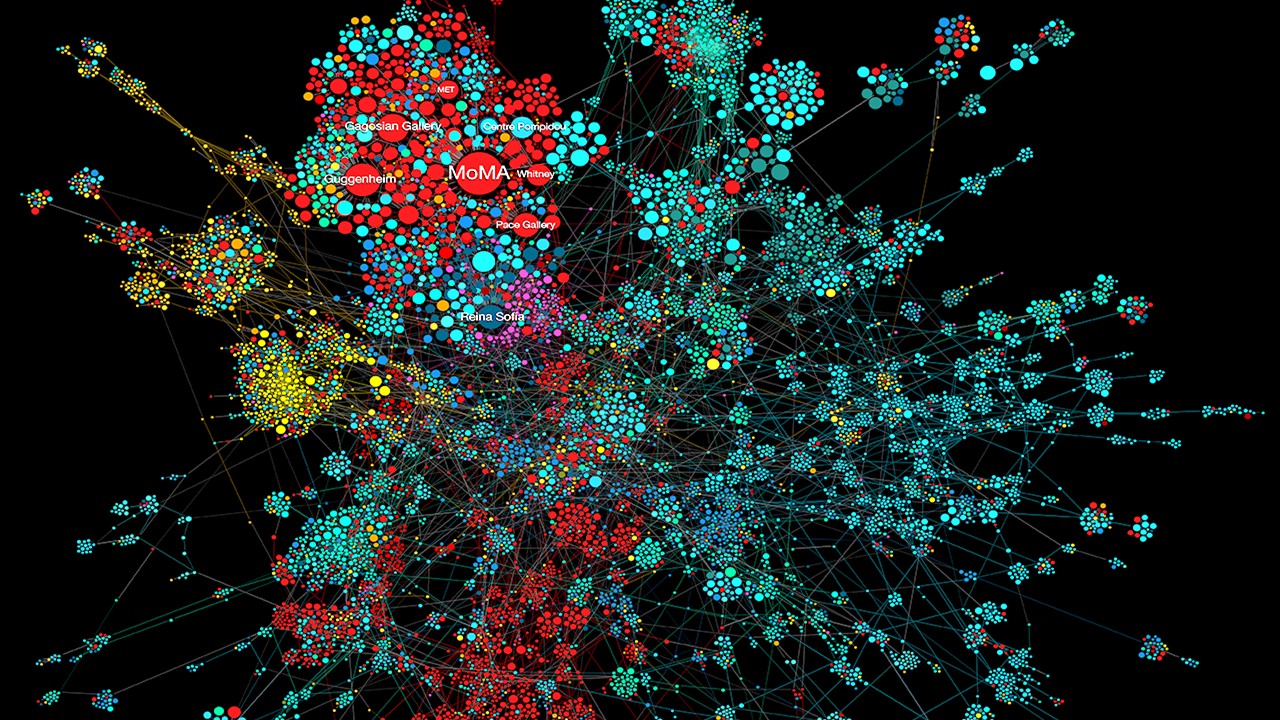About the Interviewee
Seshu Tyagaran is the Chief Technical and Development Officer at Candel Therapeutics.
Seshu Tyagarajan, Ph.D., serves as the Chief Technical and Development Officer at Candel Therapeutics, where she leads global technical operations across chemistry, manufacturing, and controls (CMC), driving the clinical and commercial advancement of novel oncolytic viral immunotherapies. With over two decades of experience in biologics and cell and gene therapy (CGT), Dr. Tyagarajan brings deep cross-platform expertise in CAR-Ts, stem cells, and advanced manufacturing strategies, including AI-driven models for therapeutic innovation.
Dr. Tyagarajan holds dual M.Sc. degrees in Biotechnology from Savitribai Phule Pune University and Bioengineering from Purdue University, and earned her Ph.D. in Chemical and Biochemical Engineering. Her career spans leading biopharmaceutical organizations including Novartis, Eli Lilly (ImClone Systems), Biogen Idec, Roche, and Merck. At Novartis, she held several senior leadership roles, including Executive Director and Global Head of CMC Strategy for Late-Stage Cell and Gene Therapies, where she oversaw end-to-end technical development, multiple IND and BLA submissions, and global manufacturing readiness for CAR-T platforms.
Renowned for her ability to distill complexity into clarity, Dr. Tyagarajan has led regulatory engagements with the FDA, EMA, and PMDA, consistently securing expedited IND clearances and navigating pivotal challenges across clinical and commercial CGT launches. She also spearheaded the Microsoft–Novartis AI partnership, leading the development of one of the industry’s first AI models integrating clinical and commercial data for CAR-T therapies.
At Candel Therapeutics, Dr. Tyagarajan is advancing the company’s technical and development strategy by integrating CGT platforms with next-generation manufacturing and regulatory solutions. She is committed to mentoring diverse scientific talent, fostering cross-functional excellence, and driving breakthrough innovation to meet pressing unmet medical needs in oncology and beyond.
The Discussion
Journey to Chief Technical and Development Officer at Candel Therapeutics
[Dex Marco]: It’s an honor to have you with us today, Dr. Tyagarajan. So Seshu, your extensive academic background and experience in technical and development leadership, what inspired you to focus on the field of CMC, and how has your journey led you to becoming the Chief Technical and Development Officer at Candel Therapeutics?
[Seshu]: Thank you very much for the interview. Having done research, process development, GMP manufacturing, PAI readiness and MS&T; CMC team leadership was a natural next step. Leading multiple programs (biologics and CGT) successfully to completion, provided me with the skills to navigate the complex CMC landscape, be it strategic planning, risk mitigation or presentation to regulatory agencies. And the essence of CMC Team leadership is critical thinking, trouble shooting and mobilizing resources to solve a particular problem. Additionally, my love for troubleshooting and creative thinking, informed by my background and experience, further reinforced my path to CMC team leadership. In this space, I am able to utilize my prior experience effectively, to build high performing teams, ensure proper communication and support my team to successfully bring programs to completion by keeping our collective eyes on the final deliverable. Having been part of several BLA teams, including Kymriah®, and T-Charge leadership teams, I was well poised to take up an executive role in a biotech company.
Streamlining Analytical Method Validation in an Integrated CMC Workflow
[Dex]: Harmonizing method validation with manufacturing timelines and regulatory requirements is critical for efficiency. Could you share your approach to integrating analytical method validation within the broader CMC workflow, ensuring alignment with manufacturing and quality objectives?
[Seshu]: Typically, analytical and process timelines drive CMC timelines. Inversely, there are also times when CMC timelines could drive the process and analytical timelines. Breakthrough designation is a great example where CMC timelines often get condensed. The key to success is to ensure that there is good alignment between all the project teams. This means that proper channels of communication and escalation are established and that teams have an overall understanding of the base case timeline. This is crucial for a seamless, integrated CMC program.
At its core, my approach is very simple: keep an eye on the timelines, identify critical project deliverables and determine critical path items. For example, analytical assays can take a long time to get developed, qualified and then validated. Throughout this development process, the appropriate time to qualify and validate is a constant topic for discussion. Ideally these are best done prior to Phase 3, as this allows the team to gather data that can be used for submissions. In the big picture, its always imperative that you are continuously assessing the teams progress against program objectives to determine when to modify the intended path or implement new strategies.
Advances in High-Throughput Analytical Techniques for CMC Applications
[Dex]: Emerging technologies like multi-attribute methods (MAM) have transformed product characterization. How do you see high-throughput analytical techniques evolving to support Integrated CMC strategies, and what role do they play in driving innovation at Candel Therapeutics?
[Seshu]: MAM methods seem to have a lot of promise both in characterization studies and in QC. At Candel we will be open to look at it for future drug development platforms. We have three platforms: our leading one is the adenoviral platform, followed by the HSV platform and the third is our ENLIGHTEN™ discovery platform. Our analytical teams are always looking to bring in latest technologies wherever possible, which is occasionally dependent upon the maturity of the program and relevance to the particular platform.
Ensuring Analytical Method Robustness Across Multiple Manufacturing Sites
[Dex]: Variability across manufacturing sites presents challenges for analytical consistency. What strategies do you employ to ensure that analytical methods remain robust, reliable, and reproducible across diverse manufacturing environments?
[Seshu]: Analytics are the key to the success of clinical and commercial programs. Developing the analytical methods with a view to transferability is very important. More often than not, the SME will not be present to oversee the execution of these assays. These will be run at different sites and by different people. Having a good understanding of the method and its inherent variability is important, as it will play a key role in standardizing the assay. To ensure a successful tech transfer, the teams need to be engaged and diligent. The variability and challenges are going to be assay and platform specific. It is very important to ensure that SOPs are clear and specific, with no room for interpretation and should not rely on historical knowledge. Technical oversight during tech transfers is also key. Most importantly, good communication at all levels is critical to the success of such transfers. Implementing above elements ensures consistency in method transfers across sites and facilities.
Data Integrity and Automation in Analytical Method Development
[Dex]: The integration of digital tools and automation is revolutionizing analytical method development. Could you elaborate on how data integrity and automation influence your work at Candel Therapeutics, and what benefits they bring to Integrated CMC?
[Seshu]: Automation and digital tools are very useful in streamlining CMC development. They can help support reproducible transfers across various sites, increase overall efficiency and help generate reliable datasets that support the regulatory filings. Data integrity is the foundation of everything we do at Candel. In every company the move towards automation happens in a phased manner, that aims to accomplish the goal while evaluating the appropriate timing.
When implemented, these tools help in accelerating CMC timelines by speeding up characterization studies, comparability studies and assay qualification and validation timelines as well. At Candel, we will implement these where possible. A large portion of our work depends upon our CDMO partners, so we rely on their strategies and capabilities as well.
Critical Quality Attribute (CQA) Monitoring: Challenges and Solutions
[Dex]: Identifying and measuring Critical Quality Attributes (CQAs) is vital throughout a product’s lifecycle. How do you prioritize CQAs during analytical development, and what strategies do you implement to ensure their accurate monitoring?
[Seshu]: CQA control strategy will depend upon the program, the phase and the type of molecule – first in class, platform, emerging modality or established modality. Overall, my approach is as follows:
First step is to review the literature. For an early-stage program, we look at CQAs that have the highest impact on safety and efficacy. Determine what can be gleaned from the clinical trials. Conduct a risk assessment to gain an understanding of the relationship between CPPs and CQAs. Then prioritize the high risk CQAs first.
As the program advances, identify which assays need to be fit for purpose, vs qualified vs validated, while you continue to execute on the program. Define acceptance criteria for the CQAs, keep them wide initially and understand the impact of when attributes fall outside of the acceptance criteria. Continuous monitoring is key to understand trends, if any. Having a good understanding of the CQAs becomes even more crucial for programs where commercial demand is low and only few batches are needed to supply the global need.
Regulatory Perspectives on Analytical Method Innovation in CMC
[Dex]: Global regulatory expectations often impact the pace of innovation. How do you navigate evolving regulatory landscapes to foster analytical method innovation, and what role does collaboration with regulatory bodies play in this process?
[Seshu]: Collaboration with regulatory agencies and early engagement plays a huge role in the success of your program. Keeping the agencies informed and getting guidance is always helpful, especially if you have a complex program. Having interim meetings, being aware of the regulations and being aware of what changes are coming is crucial. This can work to our advantage at most times. In my experience providing a sound scientific rationale justifying the innovation has always been an asset. Regulators are scientists, they understand the value of data, and using data driven justifications has always led to great technical outcomes.
Future Perspectives in Integrated CMC for Analytical Methods
[Dex]: Dr. Tyagarajan, as Chief Technical and Development Officer at Candel Therapeutics, how do you envision advancements in analytical technologies and regulatory frameworks transforming Integrated CMC in the coming years? Are there any specific innovations or trends you anticipate driving significant progress in this field?
[Seshu]: Technology is moving at a rapid pace. With the advent of AI and digital tools, it is hard to predict which innovation or disruption is around the corner. However, there are a few advancements that come to mind such as machines that are integrating multiple assay outputs into a single one (Lumacyte), advances in data integration and modeling to predict certain outcomes, real time monitoring of critical deliverables etc. These measures will help in expediting CMC timelines and result in predicting manufacturing outcomes and help in optimizing the process. High throughput methods could potentially speed up characterization, formulation and comparability studies. Most importantly, these will help in seamless Life cycle management of the program. As we speak, we are seeing a shift in tox programs, based upon new guidance. Finally in my opinion, any advances that can speed up comparability, would be a huge win for the entire field.
Engr. Dex Marco Tiu Guibelondo, B.Sc. Pharm, R.Ph., B.Sc. CpE
Editor-in-Chief, PharmaFEATURES
Join Proventa International’s Chemistry, Manufacturing, and Controls Strategy Meeting at Le Meridien Boston, Cambridge, Massachusetts on the 7th of May 2025 to learn more about Candel Therapeutics.
Subscribe
to get our
LATEST NEWS
Related Posts
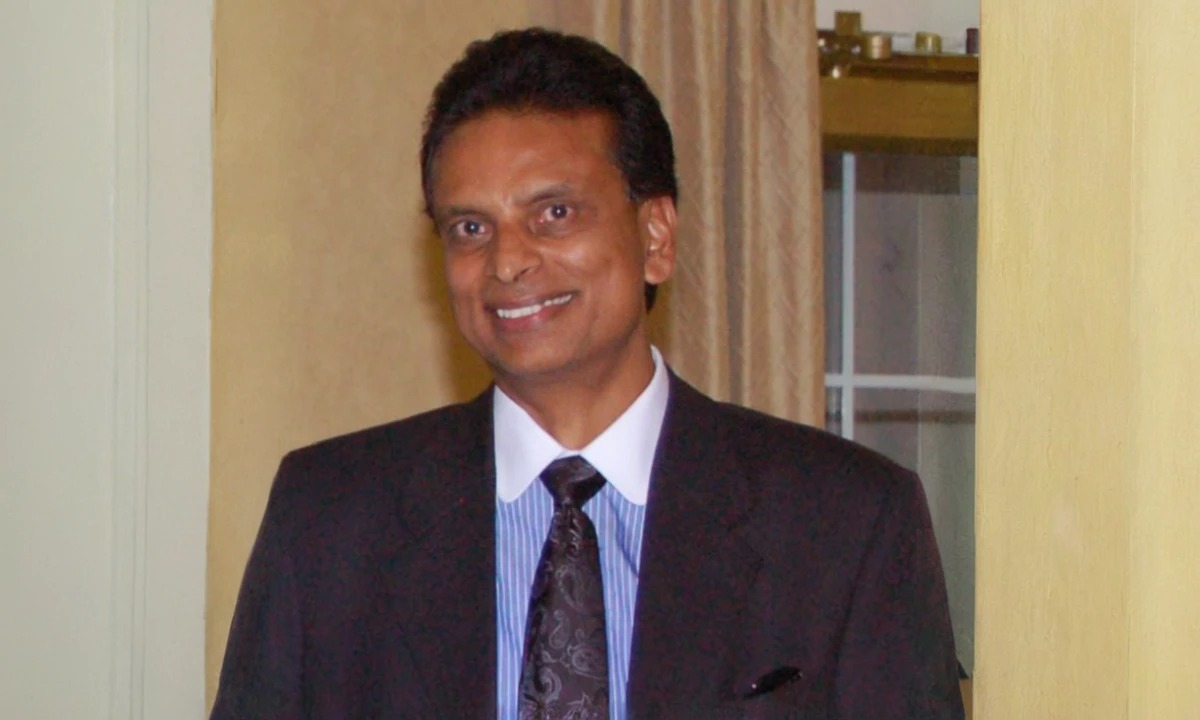
Interviews
Harmonizing Biologics Transfer: Global Regulatory Strategy, Compliance Best Practices, and Operational Alignment with Gopi Vudathala, Incyte Corporation
About the Interviewee Gopi Vudathala is the Global Head of Regulatory Affairs and Chemistry, Manufacturing and Controls at Incyte Corporation. Gopi Vudathala, Ph.D., serves as the Global Head of Regulatory Affairs and Chemistry, Manufacturing and Controls (CMC) at Incyte Corporation, a biopharmaceutical company dedicated to the discovery, development, and commercialization of proprietary therapeutics across oncology […]
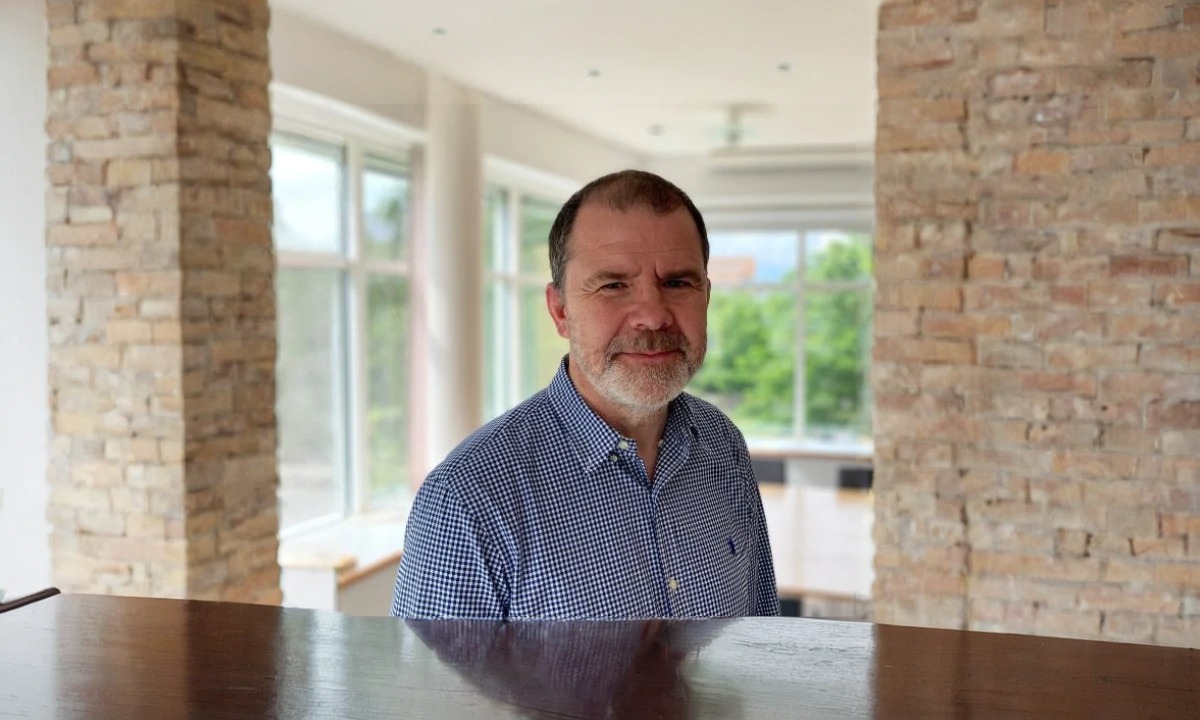
Interviews
Redefining the Analytical Frontiers of Peptide Science: Innovations Shaping the Next Generation of Therapeutics with Johan Evenäs, RG Discovery
About the Interviewee Johan Evenäs is the Chief Executive Officer at RG Discovery. Johan Evenäs, Ph.D., serves as the Chief Executive Officer of RG Discovery, a life sciences company based in Lund, Sweden, specializing in drug discovery solutions including medicinal chemistry, fragment-based lead discovery, and advanced analytical services. Dr. Evenäs holds an M.Sc. in Chemical […]
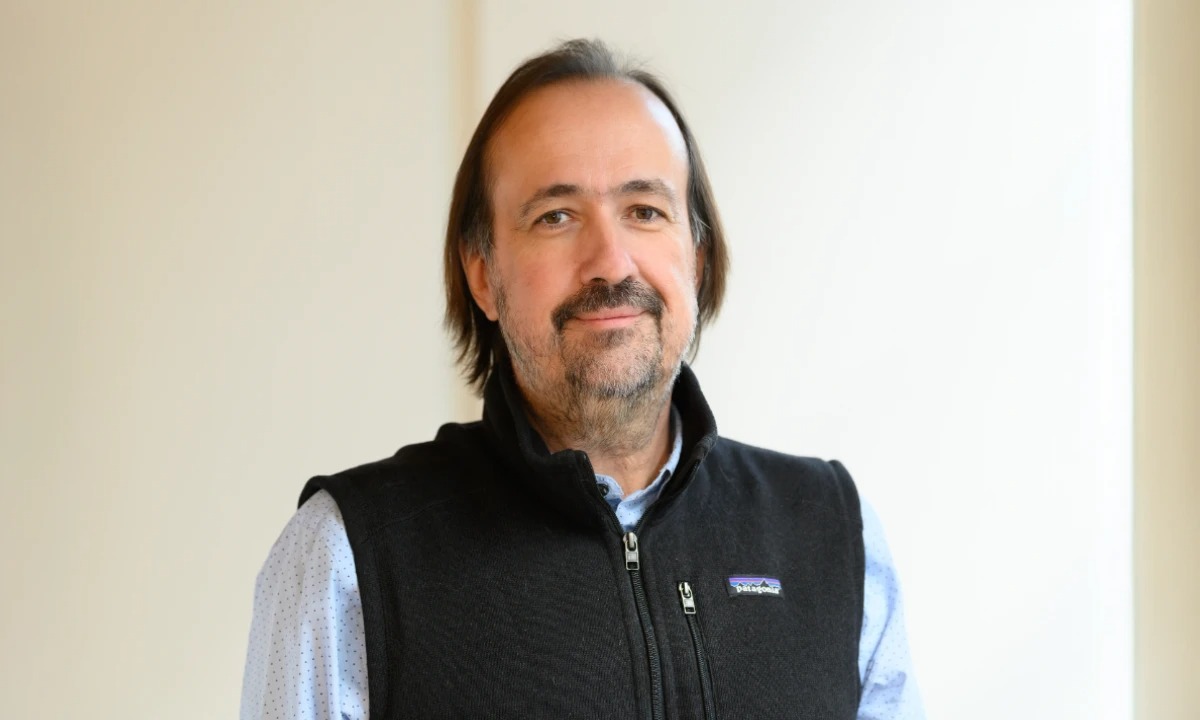
Interviews
Toward Industrial Impact: Scaling the Strategic Vision for Bioprocessing Excellence with Greg Papastoitsis, Ankyra Therapeutics
About the Interviewee Gregory Zarbis-Papastoitsis is the Chief Process and Manufacturing Officer at Ankyra Therapeutics. Gregory Zarbis-Papastoitsis, Ph.D., serves as the Chief Process and Manufacturing Officer at Ankyra Therapeutics, an immuno-oncology company advancing novel intratumoral anchored cytokines currently in Phase 1 clinical trials. Dr. Zarbis-Papastoitsis holds a B.S. and Ph.D. in Biochemistry from Binghamton University, […]
Read More Articles
Myosin’s Molecular Toggle: How Dimerization of the Globular Tail Domain Controls the Motor Function of Myo5a
Myo5a exists in either an inhibited, triangulated rest or an extended, motile activation, each conformation dictated by the interplay between the GTD and its surroundings.
Designing Better Sugar Stoppers: Engineering Selective α-Glucosidase Inhibitors via Fragment-Based Dynamic Chemistry
One of the most pressing challenges in anti-diabetic therapy is reducing the unpleasant and often debilitating gastrointestinal side effects that accompany α-amylase inhibition.

